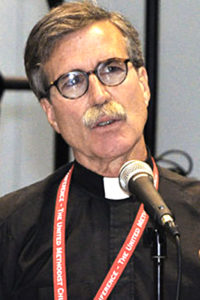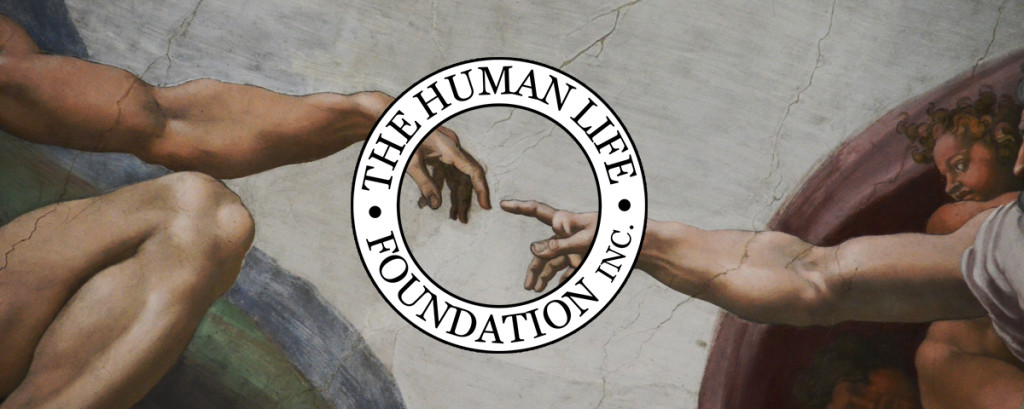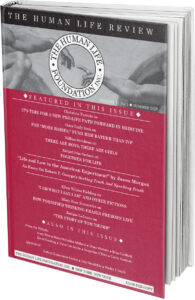Simply Being the Church: Witness for Life
The church witnesses for life simply by being the church. By gathering for worship, hearing the Word of God, celebrating the Sacraments, and observing the Christian Year, the congregation declares that innocent human lives are to be recognized and defended. Without explicitly asserting a pro-life ethic, the congregation implicitly impresses upon its participants and onlookers that human lives are gifts to be received and cherished, served and protected.
Congregations gather for public worship (usually on Sunday mornings) around the mystery of Jesus Christ. Jesus of Nazareth was crucified unto death under the Roman prefect Pontius Pilate. He was raised from the dead by the power of the Holy Spirit. God the Father whose salvation plan was not exhausted by the death of His Son, desired that Jesus have life on the other side of death. So the Father resurrected His Son and emptied the tomb where Jesus had been buried. At public worship, the congregation gathers around this same risen and living Jesus Christ, whose miraculous and mysterious life is the premise of and the reason for the congregation’s worship.
The church assembles to hear the Word of God. During the worship service, the Word is read from the Bible. In addition, the Word is preached from the pulpit. In both cases, Jesus Christ, who is the Word of God personified, speaks. The One who conquered death, and now lives, visits and communicates with His gathered people. Because He lives, He speaks.
The church also comes together to celebrate the Sacraments of Holy Baptism and Holy Communion. (If the author of this Pastoral Reflection seems hopelessly Protestant, well, he is.) The Sacraments are enacted because through them Jesus Christ is present and at work. In Baptism, the one touched by water is mysteriously taken into Christ’s death and resurrection, raised out of the clutches of original sin, and given new life in the church by the Spirit. In Communion, those receiving the Bread and the Cup also receive the Body of Christ and the Blood of Christ, the “real presence” of the living Christ; thereby, the communicants receive renewed life and power to remain faithful during good and difficult days. In both Baptism and Communion, the living Lord is renewing the gift of life.
The congregation, in public worship, observes the liturgical seasons of the Christian Year: beginning with Advent and going through Pentecost, ending with Christ the King Sunday. These seasons—and each week’s suggested lessons from the Bible—often lift up life. For example, Advent recalls Mary’s welcome of the little One who would be Messiah and Lord. Christmas centers on baby Jesus, and how He alters for the good the lives of all who greet Him. While Holy Week and Easter retell the death and resurrection of Our Lord, their Bible lessons emphasize life. Genesis describes God creating and directing the lives of our human ancestors. Exodus recounts the commandment that forbids murder (and suggests protection) of those bearing the image and likeness of God. Many other assigned lessons center on life.
Just doing what the local church usually does, pushes out a message of life over death, protection over destruction. Preaching a sermon that explicitly lifts up the church’s historic, pro-life ethos can supercharge the congregation’s latent “pro-lifeness.” Given the local church’s subtle but ingrained pro-life witness, when a pro-choice or pro-abortion sermon is preached from the pulpit, that sermon grates like fingernails on a chalkboard against everything else the church says and does. A scandal results.
That scandal, though sad and disturbing, is like a tempest in a teapot. In the long run, it does not make much difference. For the Church is essentially about life—created life, redeemed life, resurrected life. A few confused or dissenting congregations will not, and cannot, change that reality. That truth.










